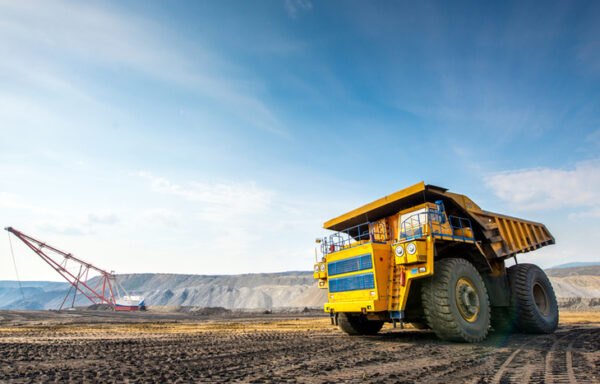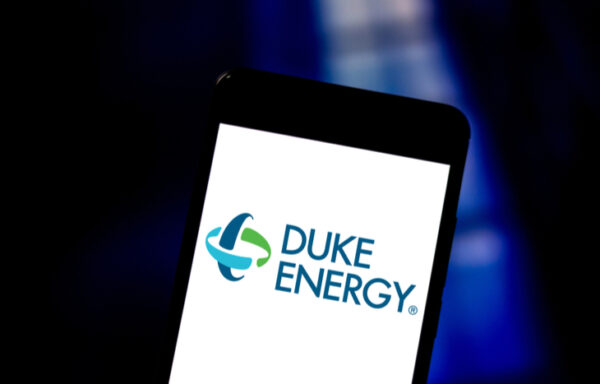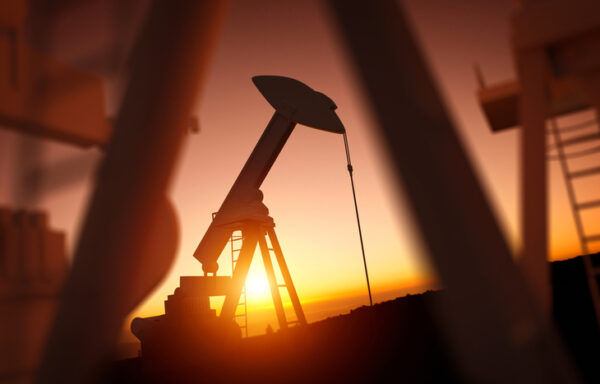Pepsico and AmBev – a Cola and a Beer, Together?
According to a recent research study for the Financial Times prepared by the consulting firm Wolff Olins, the world’s next top brands are set to rise in the east. A strategist at Wolff Olins, Melanie McShane, stated that “It used to be possible to be a global brand by dominating the US market. That’s changing rapidly. Now you have to be number one in Asia.”
The findings of the Wolff Olins research echo research by the US-based consulting firm, Bain & Co. Their research estimated that one-third of the FT Global 500 companies could come from emerging markets by 2015 thanks to what it calls a “seismic shift” away from developed markets.
A partner with Bain & Co. said that established western consumer goods brands were being forced to “battle it out” with emerging market brands as they moved eastwards in order to take advantage of rising demand for branded products.
One such “battleground” is occurring in the beverage industry. The food and beverage business in general is normally thought of as relatively resistant to the ups and downs of the economy – it’s a safe, slow and steadily growing business.
However, the winds of change are blowing through the entire beverage industry worldwide. This once-sleepy industry is being changed drastically by the necessity to consolidate globally.
Part of the strategy to cope with increased competition from local brands is to simply try to buy them. But it is not that simple – Coca-Cola failed in its attempt to buy China’s largest juice group, Huiyuan, for $2.4 billion this year.
The winds of change are blowing through not only in the non-alcoholic beverage industry, but also in the alcoholic beverage industry.
We have seen ample evidence of the consolidation trend in the alcoholic beverage industry just in the past year with InBev’s purchase of Anheuser-Busch and the recent proposed merger between two big Japanese brewers, Kirin and Suntory.
The Japanese deal would create a global food and beverage giant with revenues exceeding those of Anheuser-Busch Inbev’s $22.3 billion and Coca-Cola’s $31.9 billion.
These winds of change may even be driving the alcoholic and non-alcoholic beverage industries toward each other. This global consolidation trend in the entire beverage industry will test both the beverage producers and investors alike.
Here is why we’re keeping our eye on Pepsi as one of the most interesting companies in the industry, and why you should too.
Pepsico
Most investors are familiar with Pepsico (PEP) – a world leader in beverages, foods and convenient snacks with revenues of more than $39 billion. Pepsico owns some of the most wellknown consumer brands in the world. In the beverage sector these brands include Pepsi, Gatorade and Tropicana products. In the food sector – FritoLay – these brands include Fritos, Lay’s, and Quaker products.
Pepsico is often thought of as a superlative dividend-growth stock. The company has paid dividends since 1952 and has raised dividends for 36 years, including earlier in 2009. Pepsi’s current yield is a solid 3.2%.
But it is far from being a company following a “boring” strategy.
Pepsi’s Moves
Pepsico successfully purchased Russia’s largest juice group, Lebedyansky, for $1.4 billion last year. Pepsi also formed a joint venture this year with Almarai in Asia, Africa and the Middle East. It seems that having a chairman and CEO born on the Indian subcontinent – Indra Nooyi – helps make Pepsico very comfortable in dealing with the emerging world.
In April, Pepsico made its next move toward the new realities in the global beverage industry by offering about $6 billion to buy the remaining stakes in its two largest North American bottlers – Pepsi Bottling Group (PBG) and PepsiAmericas (PAS).
So why is Pepsico trying to buy its bottlers? Pepsico has discovered that there is a basic flaw in the rationale for separating the brand owners from their distribution network. The flaw is that limited returns provide little incentive for the bottling companies to innovate or take risks. After all, why try to grow the business when there is little reward for doing so?
Pepsico has stated that the combination would create a fully-integrated supply chain and business model which would save them over $200 million per year. If the deals with the bottlers go through, Pepsi would handle distribution of about 80% of the company’s North American beverage volume, including both its direct-store delivery and warehouse systems.
Pepsico also expects to gain more control over the distribution of its non-carbonated and niche markets. Pepsico will be able to present a more unified front to its customers and to provide customized solutions when necessary, including bundled food and beverage offerings and improved nationwide account coordination.
Pepsi and AmBev
After swallowing Pepsi Bottling and PepsiAmericas, Pepsi may have yet another target. There is another major Pepsi bottler – the largest Pepsico bottler outside the United States, Ambev(ABV) and (ABV.C). Ambev – Companhia de Bebidas das Americas or the “American Beverage Company”.
Ambev is majority-owned by Anheuser-Busch Inbev and the two companies share much of the top management team. And AnheuserBusch-Inbev is not a stranger to mega mergers. This puts Ambev squarely in the crosshairs.
Besides bottling beverages for Pepsi, Ambev sells beer and other beverages throughout South America. Ambev alone is the 5th largest brewer in the world and has many top-selling beer brands including the 3rd and 9th best selling beers in the world – Skol and Brahma respectively. Ambev also owns Labatt Brewing in Canada.
Pepsico, with a stock market capitalization of about $86 billion, is getting the message that Anheuser-Busch Inbev (OTC:AHBIY) can hardly be considered to be a subordinate “junior” partner in their global bottling operations any longer. With vast exposure to emerging markets through Ambev and a stock market capitalization of approximately $58 billion, Anheuser-Busch Inbev would be a powerful addition to the Pepsico team.
It’s tantalizing to think of Pepsi buying AmBev from InBev. InBev does have a lot of debt it incurred in purchasing Anheuser-Busch and bringing Pepsico’s marketing gurus together with some of AmBev’s slower-selling products would be tempting.
But there is another big event that would cause this merger to occur. A merger between Coca-Cola (KO)and another beer giant – SAB/Miller. The combination of these two companies would require Pepsi to level the playing field.
And while this kind of merger – alcoholic and non-alcoholic beverages – seems foreign to us, the real story is that these companies are bringing in their biggest profits comes from overseas.
Emerging Markets
Beverage distribution in underdeveloped markets in the emerging world is a whole different ball game than beverage distribution in the developed markets. Once again change and innovation is being driven not by trends in the United States, but by trends in the emerging markets.
In the emerging world, most sales of beverages occur in either small bars or small markets where both alcoholic and non-alcoholic beverages are sold. It makes perfect sense to have one distributor deliver all types of beverages to all the various locations where beverages are sold.
For example, AmBev has in excess of 2 million points-of-sale (locations where their products are sold) in Latin America alone! AmBev uses its distribution network to deliver beer, soft drinks, sports drinks, juices, and water – all together – to each individual location.
It would be a very logical step for major beverage companies, both alcoholic and non-alcoholic, to combine their distribution networks in the emerging world. That is potentially the key to dominating countries such as China and India, where growth lies. The future fortunes of companies such as Pepsico lie in obtaining large market shares in countries where most of the world’s population lies – the emerging markets.
The world of beverages is inevitably headed towards the convergence of beer and soft drinks. Investors are urged to seriously consider investments in the profitable trend of global consolidation of the entire beverage industry, led by global brands such as Pepsico.*
Good Investing,
Tony Daltorio
*The views and opinions expressed in this article are those of the author and do not necessarily reflect the official position of Wall Street analysts.
[adzerk-get-ad zone="245143" size="4"]




